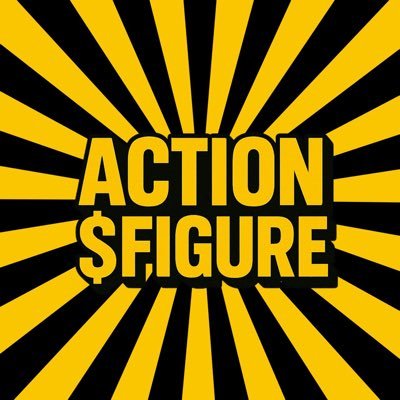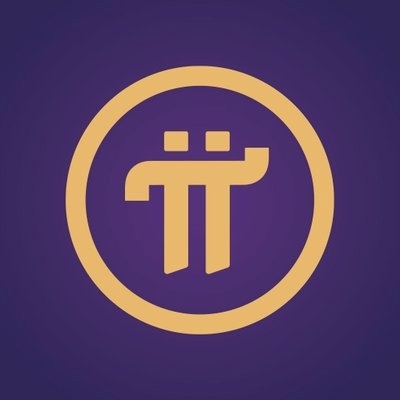


Dai 價格DAI
您今天對 Dai 感覺如何?
Dai (DAI) 簡介
什麼是 MakerDAO 穩定幣?
MakerDAO 穩定幣(DAI)是去中心化金融(DeFi)領域的重要項目,於 2015 年以太坊第一個主網推出後隨之推出。專門的開發團隊花了兩年時間精心設計了建立 DAI 穩定幣的框架。MakerDAO 是 DAI 背後的去中心化自治組織,確保其去中心化性和公正性。
此外,MakerDAO 為以太坊區塊鏈上的借貸活動打下基礎,其主要目標是減少對金融中介機構的依賴並促進用戶獲得貸款。
與 USDT 或 USDC 不同,DAI 穩定幣的價值以 1:1 的比例與美元掛鉤,而無需實物儲備。MakerDAO 可以讓借款人透過存入抵押品,以建立 DAI。支援的抵押品類型,包含了以太幣(ETH)、Wrapped 比特幣(WBTC)、Curve v1 上的 ETH 質押 ETH 流動性對(CRVV1ETHSTETH)、Wrapped stETH(WSTETH),以及 10 多種其他加密貨幣。
DAI 的一個特點是它作為算法穩定幣的地位。由於 MakerDAO 巧妙的智能合約設計,其價值在其存在期間維持在 1.00 美元。這種設計決定了接受哪些抵押品、相應的抵押品比例以及償還貸款時銷毀的 DAI 數量。因此,MakerDAO 保留了對 DAI 流通供應量及其價值的控制。
DAI 穩定幣設計的一個關鍵是超額抵押。抵押品的要求必須超過 DAI 發行量的 100% 以上,這對於減輕貸款人的違約風險至關重要。這種方法直接解決了加密貨幣價值的波動性,進而維持 DAI 與美元之間的掛鉤,並保護貸方資產的價值。
相關頁面
白皮書:https://makerdao.com/en/whitepaper
MakerDAO 穩定幣如何運作?
貸款
為了推動 DAI 穩定幣的發行,借款人存入抵押品,進而創造新的 DAI。返還原始數量的 DAI 後,借款人的抵押品將被返還,返還的 DAI 將被銷毀,以防止流通代幣數量過多。由於潛在的套利活動,借款人可能會賺取比原始金額更多的 DAI,進而允許他們保留差額。
清算
如果借款人未能償還 DAI 貸款或抵押比率低於要求就會發生清算。超額抵押規則要求抵押品與 DAI 的比率必須始終超過 100%,例如 wBTC 為 175%。這意味著,如果借款人存入 175 美元的比特幣,他們將獲得 100 美元的 DAI 貸款,剩下的 75 美元則保留用於上述極端情況。為了保護系統免受受損貸款的影響,任何人都可以觸發合約的清算功能並獲得一定比例的餘額作為獎勵。
MakerDAO 穩定幣價格是由什麼決定的?
DAI 穩定幣是去中心化金融(DeFi)生態系統中的重要參與者,其價值來自於一個複雜的系統,該系統旨在保持目前以美元計價的 DAI 價格盡可能穩定。這個以太坊區塊鏈上的智能合約系統由 MakerDAO 設計,利用抵押債務倉位(CDP)來確定 DAI 的價值。用戶可以將 ETH 等資產鎖定在這些超額抵押的 CDP 中,進而確保 DAI 美元價格保持穩定。例如,如果您要鎖定價值 300 美元的 ETH,您最多可以借入抵押品價值的 66% 的 DAI,同時維持 150% 的抵押率。這種超額抵押對於穩定 DAI 的價格有著至關重要的作用。
如果您問「DAI 目前的價格是多少?」或者「DAI 的價格會上漲嗎?」,答案可以在其強大的治理和技術架構中找到。即時 DAI 價格是智能合約、MKR 代幣持有者治理和自動化市場機制的複雜結果。所有這些因素都使得 DAI 成為加密貨幣領域最可靠的資產之一,經常引發有關 2023 年及 DAI 的未來價格預測討論。這使得任何對穩定幣或 DAI 價格分析感興趣的人都必須了解運行中的複雜系統。
結論
總而言之,MakerDAO 穩定幣(DAI)是 DeFi 領域的關鍵項目,提供與美元掛鉤的去中心化且穩定的解決方案。其創新的演算法設計和超額抵押確保了穩定性和可靠性,使其成為去中心化金融生態系統的驅動力。
值得注意的是,與任何其他加密貨幣一樣,MakerDAO 穩定幣也有自己的風險,在投資時務必進行自己的研究並謹慎行事。
Dai 的 AI 分析報告
今日 Dai 價格 TWD
Dai 價格歷史(TWD)
 最低價
最低價 最高價
最高價 
Dai 的最高價格是多少?
Dai 的最低價格是多少?
Dai 價格預測
什麼時候是購買 DAI 的好時機? 我現在應該買入還是賣出 DAI?
DAI 在 2026 的價格是多少?
DAI 在 2031 的價格是多少?
常見問題
什麼是 DAI 呢?
什麼是穩定幣呢?
DAI 如何保持錨定美元呢?
DAI 穩定幣背後是如何被支援的?
在 DAI 的系統中,超額抵押是如何運作的呢?
DAI 是安全的投資嗎?
Dai 的目前價格是多少?
Dai 的 24 小時交易量是多少?
Dai 的歷史最高價是多少?
我可以在 Bitget 上購買 Dai 嗎?
我可以透過投資 Dai 獲得穩定的收入嗎?
我在哪裡能以最低的費用購買 Dai?
Dai 資訊
Dai 動態
USDT 與 USDC:新用戶簡易指南
區塊鏈 101:DApp 簡介
Morpho(MORPHO):釋放去中心化借貸的力量
揭曉 ApeChain:代幣首日飆升 132%,強化了 BAYC 遺產的區塊鏈
加密貨幣重要里程碑概要
透過 Bitget 質押借貸優化您在 Bitget 上的價格套利策略
Ethena Labs 的 USDe:合成穩定幣的新曙光
Blast(BLAST):為 ETH 和穩定幣創造原生收益的創新 Layer 2
解鎖樂趣和財富:全新 Bitget 好友邀請計劃步驟指南
在 Bitget 上認識一些代表性的 RWA
Dai 行情
Dai 持幣
Dai 持幣分布矩陣
Dai 持幣分布集中度
Dai 地址持有時長分布

全球 Dai 價格
- 1
- 2
- 3
- 4
- 5
如何購買 Dai(DAI)

建立您的免費 Bitget 帳戶

認證您的帳戶

將 Dai 兌換為 DAI
購買其他幣種
您可以在哪裡購買 Dai(DAI)?
影片部分 - 快速認證、快速交易

Dai 評級
Bitget 觀點

相關資產
關於 Dai 的更多資訊
交易
理財


































Dai 社群媒體數據
過去 24 小時,Dai 社群媒體情緒分數是 4,社群媒體上對 Dai 價格走勢偏向 看漲。Dai 社群媒體得分是 2,012,在所有加密貨幣中排名第 152。
根據 LunarCrush 統計,過去 24 小時,社群媒體共提及加密貨幣 1,058,120 次,其中 Dai 被提及次數佔比 0.01%,在所有加密貨幣中排名第 227。
過去 24 小時,共有 63 個獨立用戶談論了 Dai,總共提及 Dai 108 次,然而,與前一天相比,獨立用戶數 減少 了 7%,總提及次數減少。
Twitter 上,過去 24 小時共有 3 篇推文提及 Dai,其中 100% 看漲 Dai,0% 篇推文看跌 Dai,而 0% 則對 Dai 保持中立。
在 Reddit 上,最近 24 小時共有 0 篇貼文提到了 Dai,相比之前 24 小時總提及次數 減少 了 100%。
社群媒體資訊概況
4